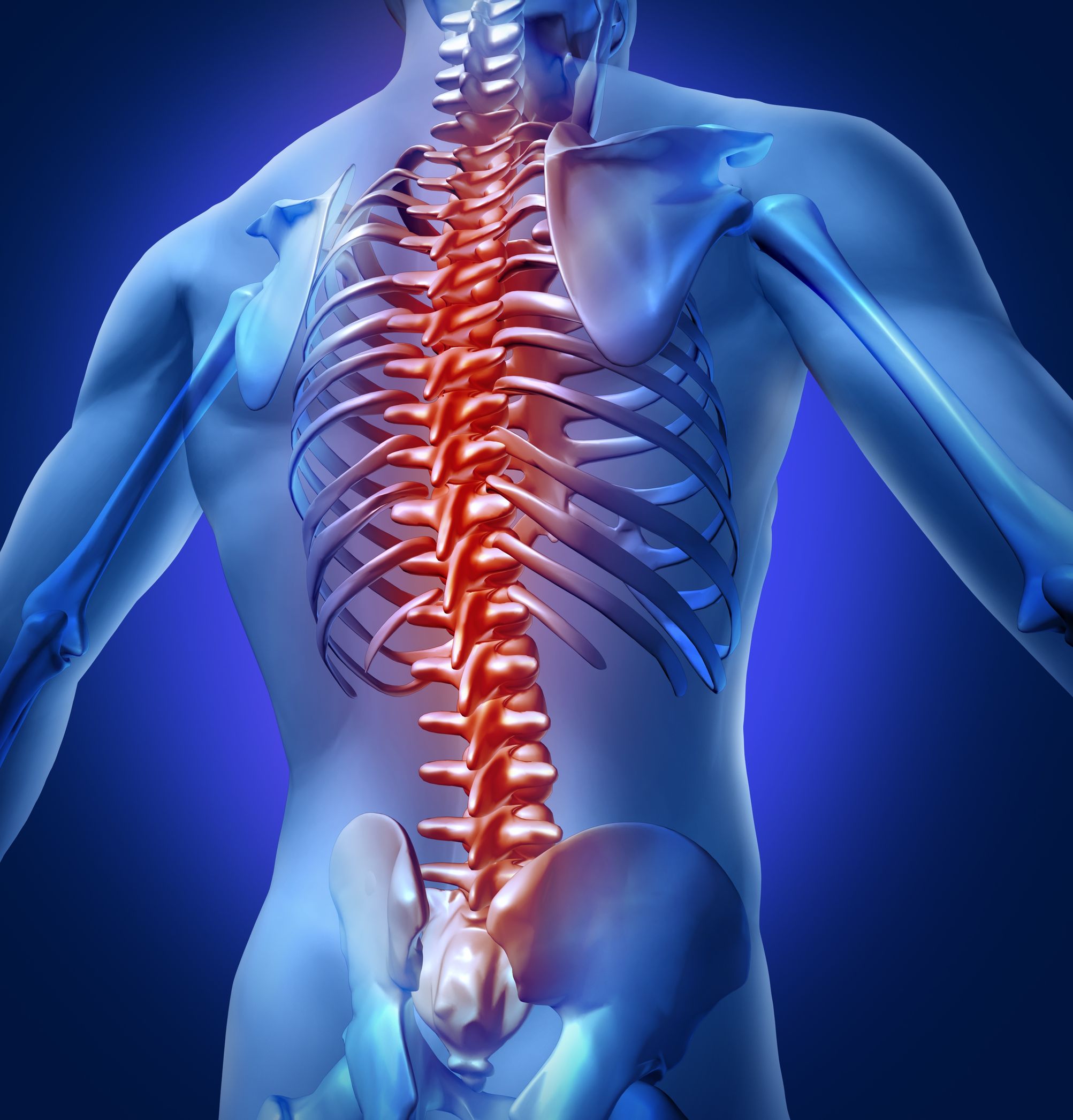Aortic aneurysms are potentially life-threatening conditions that require prompt recognition and effective management. Understanding the associated risks, symptoms, and available treatments is essential for residents seeking information to make informed healthcare decisions. Those at risk or diagnosed with this condition benefit from local expertise and access to advanced vascular care. For more detailed information, visit Aortic Aneurysm in Warrenton, VA.
Understanding Aortic Aneurysm: Causes and Risk Factors
An aortic aneurysm occurs when a portion of the aorta—the body’s largest artery weakens and bulges outward. This condition is often caused by factors such as high blood pressure, atherosclerosis (hardening of the arteries), genetic predisposition, and certain infections. Age, smoking, and a family history of aneurysms further increase the likelihood of developing this vascular disorder. If left untreated, an aortic aneurysm can enlarge and may eventually rupture, causing internal bleeding and posing a serious risk to life.
Recognizing Symptoms and Diagnostic Approaches
Many aortic aneurysms develop slowly and may not present symptoms until they become large or rupture. When symptoms do appear, they may include chest, abdominal, or back pain and a pulsating feeling near the navel. In some cases, unexplained shortness of breath or difficulty swallowing can occur. Early diagnosis is crucial and usually involves imaging studies such as ultrasound, CT scans, or MRI to assess the size and location of the aneurysm. Regular screening is recommended for individuals with risk factors, especially older adults and those with a family history of aneurysms.
Treatment Options: From Monitoring to Surgery
Treatment for aortic aneurysms depends on the size, location, and growth rate. Small, slow-growing aneurysms are often monitored with routine imaging and managed with medication to control blood pressure and cholesterol. Larger or rapidly expanding aneurysms may require surgical intervention. Surgical options include open repair, where the affected section of the aorta is replaced with a synthetic graft, or minimally invasive endovascular aneurysm repair (EVAR), which uses a stent graft inserted through a small incision. Treatment choice is tailored to patients’ overall health and specific aneurysm characteristics.
Residents of Warrenton seeking expert care for aortic aneurysms can rely on National Vascular Associates as a trusted partner. They offer advanced diagnostics and personalized treatment solutions for improved vascular health and peace of mind.

